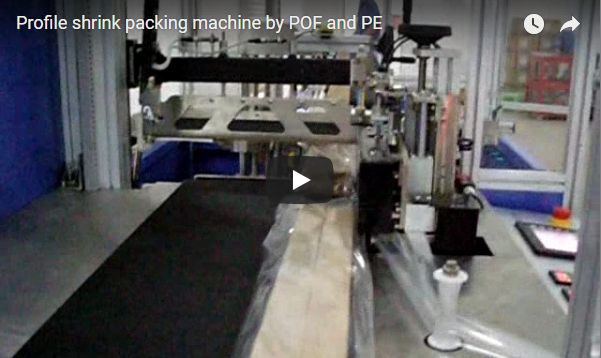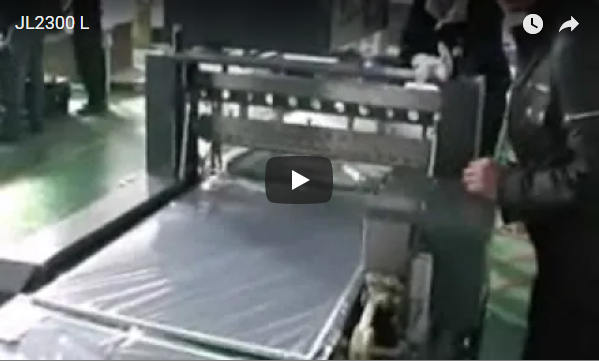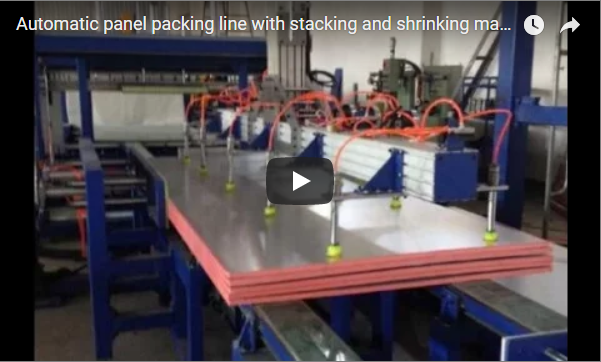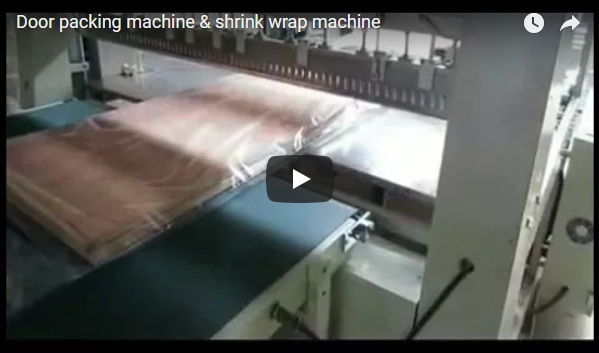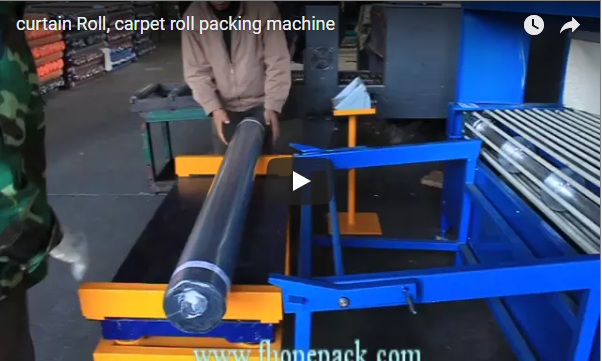Boosting Efficiency: A Technical Look at Automated Banding and Shrink Wrapping Lines for Profiles and Rods
Handling and packaging long, often awkward materials like metal profiles, plastic extrusions, or bundles of rods presents unique challenges in manufacturing and distribution. Manual methods are often slow, labor-intensive, and can lead to inconsistent package quality or product damage. This is where integrated automated packaging lines, specifically those combining banding and shrink wrapping, offer a robust and efficient solution. Let's delve into the technical aspects and operational benefits of these systems.
1. The Core Challenge: Securely Packaging Long Products
Manually bundling and wrapping profiles or rods is often a bottleneck. Key issues include:
- Inconsistent Tension: Manual strapping or banding can result in bundles that are too loose (risking product movement and damage) or too tight (potentially damaging the product itself).
- Labor Intensity: The process requires significant manual effort, increasing labor costs and potentially impacting worker ergonomics and safety.
- Throughput Limitations: Manual packaging simply cannot keep pace with high-speed production lines (e.g., extrusion or rolling mills).
- Protection Needs: Simple banding may not offer sufficient protection against environmental factors like dust, moisture, or surface scratches during transport and storage.
2. Anatomy of an Automated Banding and Shrinking Line
These packaging lines typically integrate several key stages into a seamless automated flow:
2.1. Infeed Conveying
Products are automatically transferred onto the line, often via powered roller or belt conveyors. Sensors detect the product's presence and dimensions to sequence the downstream operations correctly.
2.2. Automated Banding/Strapping Station
- Purpose: To unitize loose rods or secure bundles of profiles before wrapping.
- Mechanism: One or more automatic strapping heads apply bands (typically PP or PET strapping) around the product bundle at predetermined locations.
- Key Features: Precise tension control ensures consistent bundle security without product damage. The number and position of straps are usually configurable based on product length and stability requirements.
2.3. Bagging or Wrapping Station
- Purpose: To encase the banded product in a protective film layer.
- Mechanism: This stage often involves creating a bag from a roll of shrink film (typically Polyethylene - PE) around the product or using a stretch wrapping mechanism for containment before shrinking. The goal is full encasement.
- Considerations: Film type, gauge, and sealing method (e.g., heat sealing bars) are critical for package integrity.
2.4. Heat Shrink Tunnel
- Purpose: To apply controlled heat to the shrink film, causing it to conform tightly around the product.
- Mechanism: The wrapped product passes through an insulated tunnel equipped with heating elements (electric or gas) and airflow systems.
- Control: Precise temperature and conveyor speed control are essential for achieving a uniform, tight shrink without overheating or damaging the product or film. This creates a secure, weather-resistant, and often tamper-evident final package.
2.5. Outfeed and Cooling
After exiting the shrink tunnel, packages usually pass through a cooling zone (often using ambient or forced air) to set the film. The finished bundles can then be conveyed to automated stacking, palletizing, or manual off-loading areas.
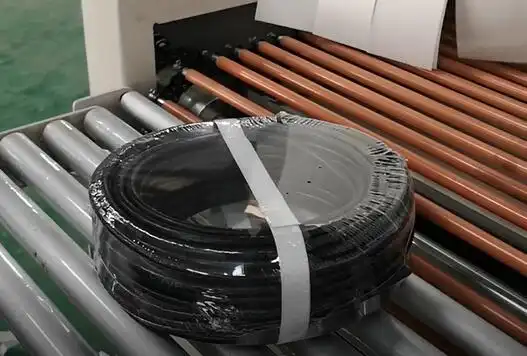
3. Key Technical Parameters and Considerations
When evaluating or specifying such a line, consider these parameters:
- Product Size Range: Minimum/Maximum length, width, and height the machine can handle.
- Bundle Capacity: Maximum weight and cross-sectional dimensions of the bundle.
- Throughput Rate: Required packs per minute or hour to match production output.
- Banding Specifications: Type of strap (PP, PET), width range, tension range.
- Film Specifications: Type of film (PE shrink film typical), thickness (gauge), roll width capacity.
- Shrink Tunnel Dimensions: Aperture size (width x height) must accommodate the largest package.
- Energy Source: Electrical requirements (voltage/phase/amperage) and gas consumption if applicable for the tunnel.
- Control System: Typically PLC-based (e.g., Siemens, Allen-Bradley) with an HMI for parameter setting and diagnostics.
- Integration: Compatibility with existing upstream and downstream equipment.
4. Operational Advantages: Beyond Simple Automation
Investing in an automated banding and shrinking line delivers tangible benefits:
- Increased Throughput: Significantly boosts packaging speed, eliminating bottlenecks.
- Consistent Package Quality: Ensures every bundle is banded and wrapped uniformly, improving load stability and appearance.
- Enhanced Product Protection: Shrink film provides excellent protection against dust, moisture, scratches, and UV radiation (with appropriate film additives).
- Reduced Labor Costs: Frees up personnel from repetitive manual tasks for higher-value activities.
- Material Optimization: Automated systems often use film and strapping more efficiently than manual methods.
- Improved Safety: Reduces manual handling of heavy or awkward products and eliminates risks associated with manual strapping tools.
- Quantifiable ROI: The combination of increased speed, reduced labor, material savings, and decreased product damage leads to a measurable return on investment.
5. A Fabricator's Perspective: Integration and Operation
From practical experience, successful implementation involves more than just purchasing the machine:
- Line Integration: Smooth handoffs from production (e.g., saws, extrusion pullers) and to warehousing (e.g., stackers, AGVs) are crucial. Buffering capacity might be needed.
- Film Selection: Choosing the right type, gauge, and shrink ratio of the film is critical for package integrity and cost-effectiveness. Testing different films with your specific product is often necessary.
- Setup and Calibration: Proper initial setup of banding tension, sealer temperature/time, and shrink tunnel parameters (temperature, airflow, speed) is key to performance. Operators need good training.
- Maintenance: Regular maintenance is vital, especially for heating elements, sealing jaws/wires, strap feeding mechanisms, and conveyors, to ensure uptime and consistent quality.
6. Customization for Specific Needs
These lines are rarely "one size fits all." Customization options often include:
- Varying numbers and types of banding heads.
- Different shrink tunnel lengths and energy sources.
- Stainless steel construction for corrosive environments.
- Integration of labeling or printing systems.
- Specific conveyor types or handling mechanisms for delicate products.
7. Conclusion: Streamlining End-of-Line Packaging for Long Products
The automatic banding and shrinking packing line represents a significant upgrade for operations handling rod materials, profiles, and similar elongated products. By automating the tying, wrapping, and shrinking processes, businesses can achieve substantial gains in productivity, package quality, and product protection while reducing labor costs and improving workplace safety. It's a strategic investment for streamlining end-of-line packaging in demanding manufacturing and distribution environments.
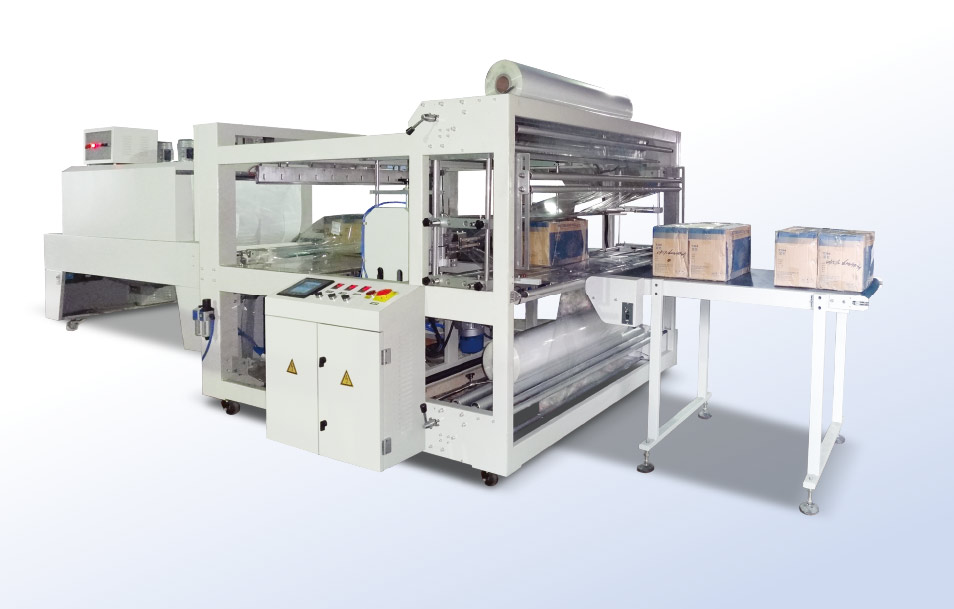
https://www.fhopepack.com/Shrinking_machine.html
info@fhopepack.com

